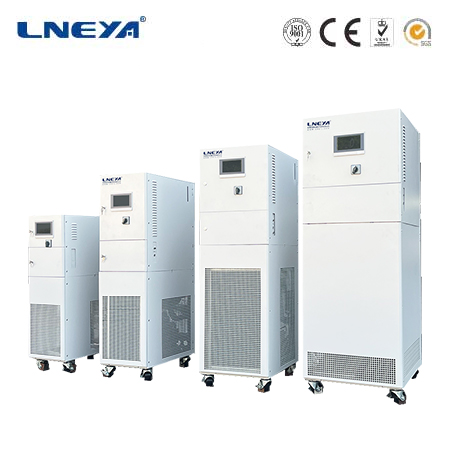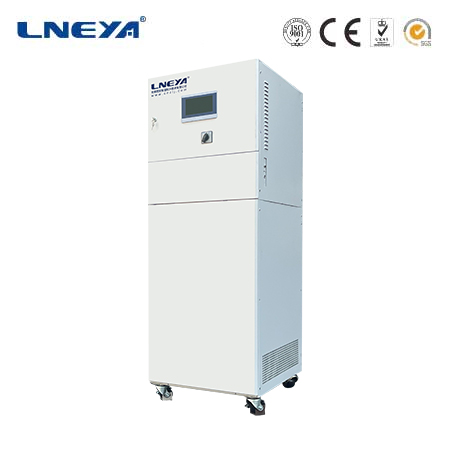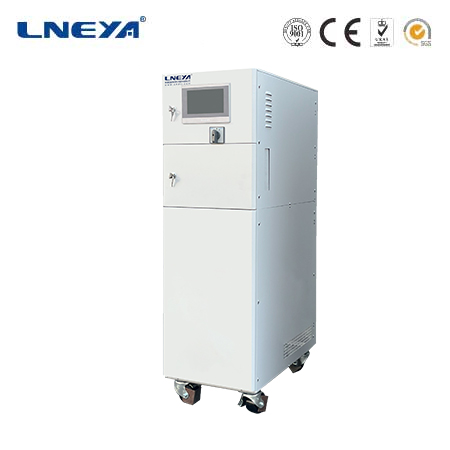cooler cool
Enhancing Cooling Efficiency: The Concept of “Cooler Cool”
Introduction to “Cooler Cool”
The phrase “cooler cool” encapsulates the idea of making cooling systems more effective. Whether it’s keeping electronic devices from overheating or maintaining a comfortable environment, efficient cooling is vital. This article provides insights into the science behind cooling, the types of coolers used in different applications, and how to optimize their performance.

Principles of Cooling
Cooling is the process of removing heat from a system or object to maintain a desired temperature. The principles of cooling are based on heat transfer, which can occur through conduction, convection, or radiation. Effective cooling systems leverage these principles to dissipate heat efficiently.
Conduction: Heat is transferred through direct contact between materials.
Convection: Heat is transferred through the movement of fluids (liquids and gases).
Radiation: Heat is transferred through electromagnetic waves, without the need for direct contact or a medium.
Cooling Methods and Devices
Various methods and devices are used to cool different systems and objects:
Air Cooling: Uses fans or blowers to circulate air and dissipate heat.

Liquid Cooling: Involves the use of liquids, such as water or coolants, to absorb and carry away heat.
Thermal Conduction: Employs materials with high thermal conductivity, like metals or ceramics, to draw heat away from heat sources.
Peltier Cooling: Uses the Peltier effect to create a temperature difference for cooling.
Applications of Cooling
Cooling is essential in numerous applications:
Electronic Devices: Cooling systems prevent overheating in computers, servers, and other electronic devices.
Industrial Processes: Chillers and cooling towers maintain optimal temperatures in chemical reactions, food processing, and manufacturing.
Automotive: Radiators and coolant systems keep engines from overheating.
Air Conditioning: HVAC systems cool and dehumidify indoor spaces for comfort.
Energy-Efficient Cooling Solutions
Energy efficiency is a critical aspect of modern cooling solutions. High-efficiency cooling systems minimize energy consumption while providing effective cooling. Technologies such as variable speed drives for fans, smart thermostats, and energy recovery systems contribute to energy savings.

Environmental Impact of Cooling
Cooling systems, particularly those using refrigerants, can have an environmental impact. The release of refrigerants can contribute to ozone depletion and global warming. Therefore, there is a push towards using environmentally friendly refrigerants and improving the energy efficiency of cooling systems.
Sustainable Cooling Practices
Sustainable cooling practices focus on reducing the environmental footprint of cooling systems. This includes using renewable energy sources, adopting energy-efficient technologies, and employing passive cooling techniques where possible.
Conclusion
The concept of “cooler cool” is about enhancing the efficiency and sustainability of cooling systems. As technology advances, the development of more effective and environmentally friendly cooling solutions becomes increasingly important. Understanding the principles of cooling and the latest trends in cooling technology allows for the selection and implementation of systems that are not only cooler but also more sustainable.
Related recommendations
Why does the lab water chiller compressor burn out?
1246Why does the lab water chiller compressor burn out? 1. One of the reasons is that due to a lack of phase, prolonged use can lead to burnout. The refrigeration compressor has correspondi...
View detailscool & heat
360The Science and Applications of Cooling and Heating Introduction Cooling and heating are fundamental processes that impact our lives in numerous ways. From creating a cozy living environme...
View detailsdifference between chiller and cooler
538Difference between Chiller and Cooler In the realm of cooling technology, the terms "chiller" and "cooler" are often used, but they refer to different types of equipment with distinct character...
View detailslaboratory cooling equipment
446The Significance of Laboratory Cooling EquipmentEnsuring Experiment Accuracy: Many scientific experiments are highly sensitive to temperature fluctuations. For example, in chemical reactions, even...
View details
 LNEYA Thermal Test Chillers
LNEYA Thermal Test Chillers







HelloPlease log in